1. Old Space Heaters
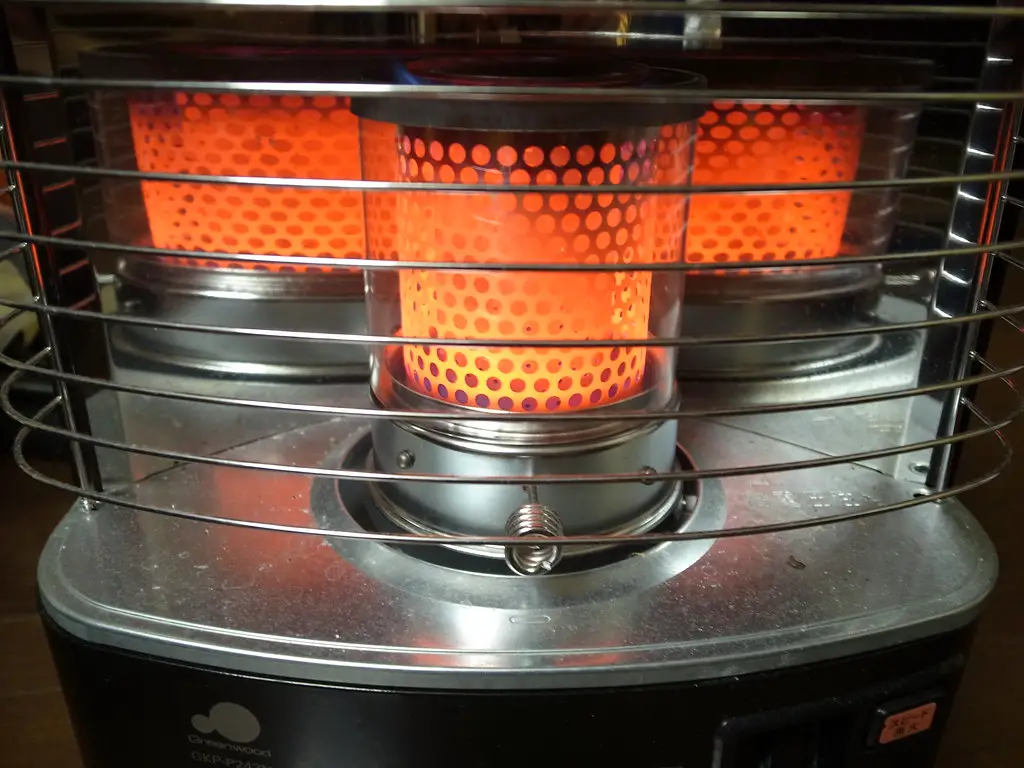
Old space heaters pose significant safety risks in homes, particularly during colder months when their use becomes more frequent. These outdated devices often lack crucial modern safety features such as automatic shut-offs and overheat protection, making them a leading cause of residential fires. According to the National Fire Protection Association, space heaters account for 43% of home heating fires and 85% of associated deaths.
The absence of tip-over switches in older models increases the risk of fire if the heater is accidentally knocked over. Additionally, older space heaters tend to be less energy-efficient, consuming more power and potentially overloading electrical circuits. Their outdated wiring and components may deteriorate over time, further elevating the risk of electrical fires. Upgrading to a newer, energy-efficient model can drastically reduce these risks while providing improved heating performance. Modern space heaters come equipped with multiple safety features, including tip-over protection, cool-touch exteriors, and adjustable thermostats, significantly enhancing user safety.
2. Asbestos-Containing Insulation
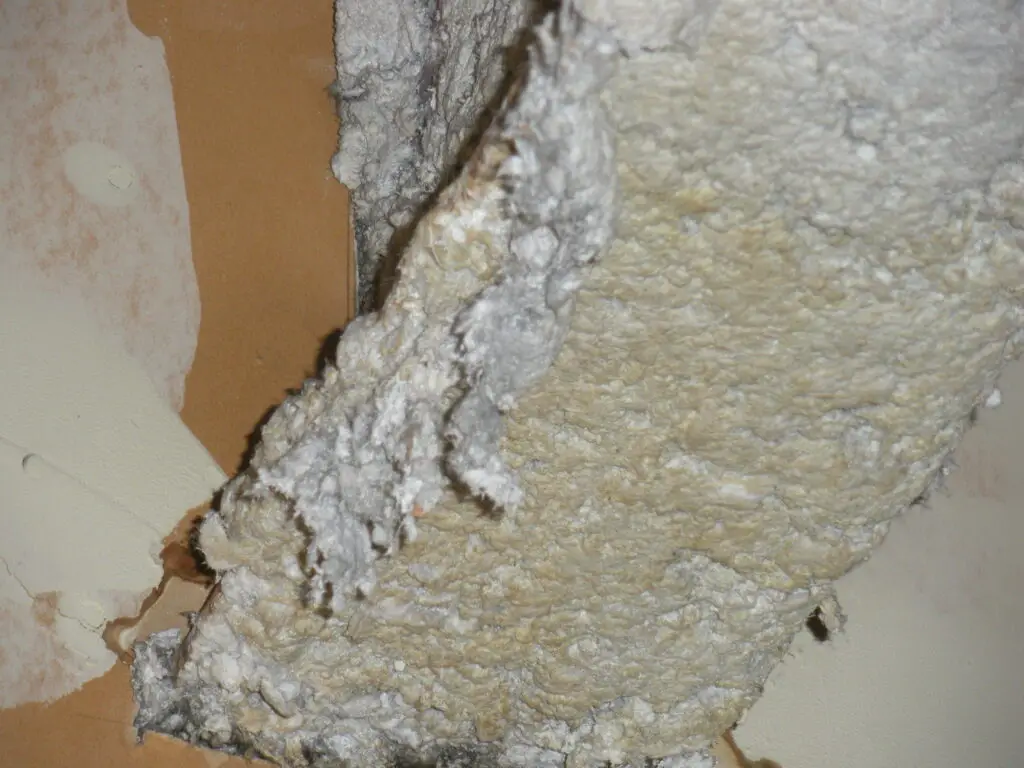
Asbestos-containing insulation remains a hidden danger in many homes built before the 1980s, posing serious health risks to occupants. This hazardous material was widely used in insulation and ceiling tiles due to its fire-resistant properties. However, when disturbed, asbestos can release microscopic fibers into the air, which, when inhaled, can lead to severe respiratory illnesses such as asbestosis, lung cancer, and mesothelioma. According to the Environmental Protection Agency, there is no safe level of asbestos exposure. The danger lies in the fact that asbestos fibers are invisible to the naked eye and can remain airborne for long periods.
Homeowners often unknowingly disturb asbestos-containing materials during renovations or repairs, inadvertently exposing themselves and their families to these harmful fibers. Identifying asbestos-containing materials can be challenging without professional assistance, as it’s not always visible or easily distinguishable from other insulation types. If asbestos is suspected or confirmed in a home, professional removal by certified asbestos abatement specialists is essential to ensure safe and complete elimination of the hazard. These experts use specialized equipment and follow strict safety protocols to contain and remove asbestos-containing materials without contaminating the rest of the home.
3. Lead-Based Paint
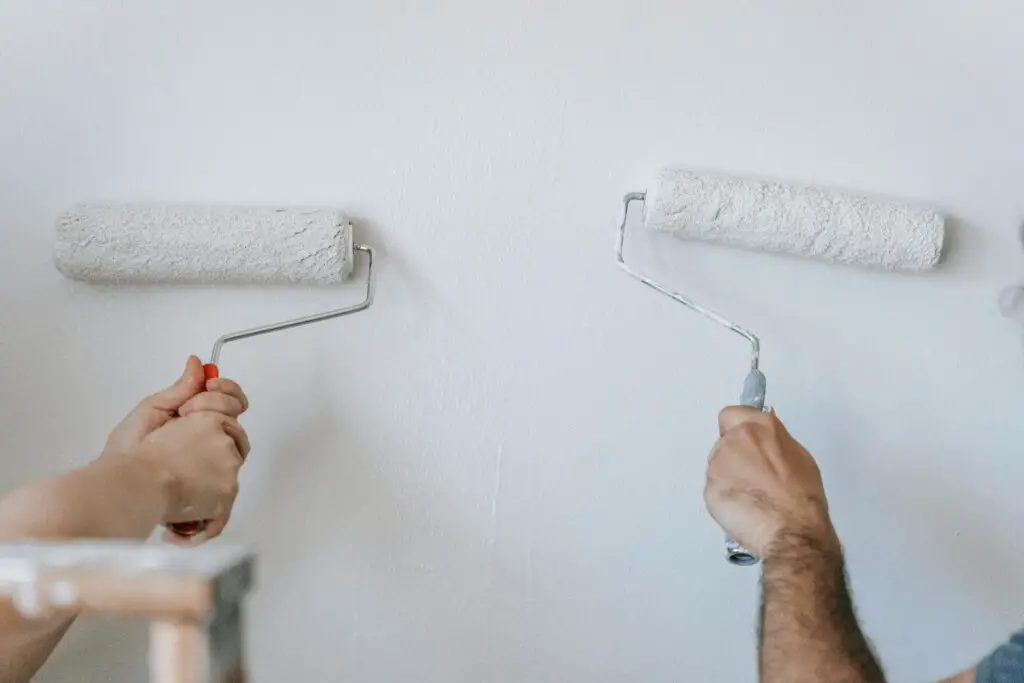
Lead-based paint, commonly used in homes built before 1978, continues to pose a significant health hazard, particularly to children and pregnant women. This toxic substance can flake or chip over time, creating lead dust that can be easily ingested or inhaled. According to the Centers for Disease Control and Prevention, lead exposure is particularly harmful to children, affecting their cognitive development, behavior, and overall growth. Even low levels of lead in the blood can result in reduced IQ, learning disabilities, and attention disorders. In adults, lead exposure can lead to hypertension, kidney damage, and reproductive problems.
The danger of lead-based paint is not limited to its visible deterioration; renovations or repairs that disturb lead-painted surfaces can release toxic dust throughout the home. Identifying lead-based paint often requires professional testing, as it’s not always visually distinguishable from non-toxic paint. If lead-based paint is confirmed in a home, it’s crucial to take appropriate action, which may include encapsulation, removal, or careful management. Homeowners should consider testing for lead and repainting with safer, modern options to protect their family’s health. Professional lead abatement services can safely remove or contain lead-based paint, ensuring the home environment is free from this persistent toxin.
4. Vintage Pressure Cookers
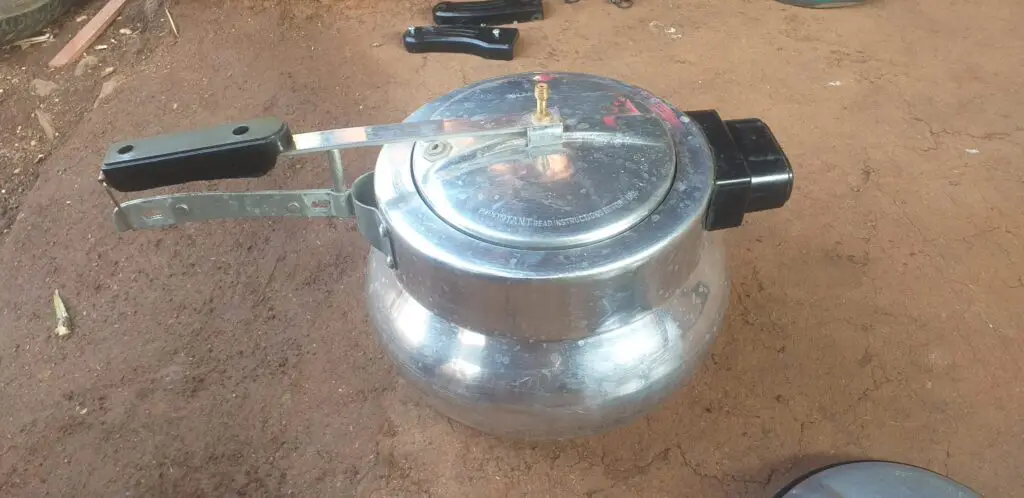
Vintage pressure cookers, while nostalgic, present significant safety risks in modern kitchens due to their outdated design and potential for malfunction. These older models often lack crucial safety features found in contemporary pressure cookers, such as multiple pressure release valves and locking mechanisms. The absence of these safeguards increases the risk of dangerous explosions, which can cause severe burns and injuries. Over time, the seals and gaskets in vintage pressure cookers can deteriorate, compromising their ability to maintain proper pressure and potentially leading to sudden, explosive releases of steam and contents. According to the Consumer Product Safety Commission, even some modern pressure cookers have been recalled due to safety concerns, highlighting the importance of using up-to-date, well-designed models.
Modern pressure cookers incorporate multiple fail-safes, including precise pressure indicators, automatic pressure release mechanisms, and reinforced locking systems, making them far safer to use. These contemporary designs also often feature digital controls for precise cooking times and temperatures, reducing the risk of user error. Additionally, newer models are typically made with more durable materials that are less prone to warping or damage over time. While vintage pressure cookers may hold sentimental value, the significant safety improvements in modern designs make upgrading a wise choice for kitchen safety.
5. Mercury Thermometers
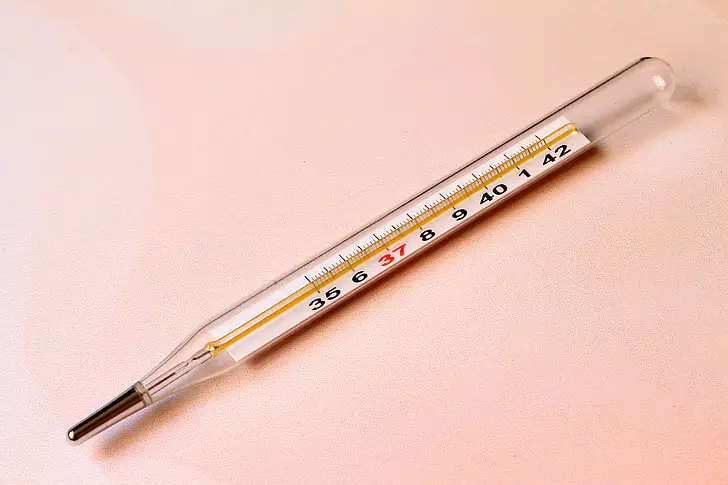
Mercury thermometers, once a common household item, pose a significant health risk due to the toxic nature of mercury. These glass thermometers contain elemental mercury, a silvery liquid metal that vaporizes at room temperature. According to the World Health Organization, mercury exposure, even in small amounts, can cause serious health problems and is a threat to child development in utero and early in life. If a mercury thermometer breaks, it releases mercury vapor into the air, which is colorless, odorless, and highly toxic when inhaled. Exposure to mercury vapor can lead to neurological symptoms, kidney damage, and respiratory issues. The risk is particularly high in enclosed spaces, where mercury vapor can accumulate to dangerous levels.
Cleaning up a mercury spill is also hazardous and requires special handling procedures to prevent further contamination. Digital thermometers, on the other hand, provide a safer alternative with numerous advantages. They offer faster and more accurate readings, are more durable, and eliminate the risk of mercury exposure. Many digital thermometers also have additional features like memory functions and fever alarms, enhancing their utility. The shift towards digital thermometers is part of a broader global effort to phase out mercury-containing devices in healthcare and households, reducing the risk of mercury pollution and its associated health impacts.
6. Outdated Electrical Panels
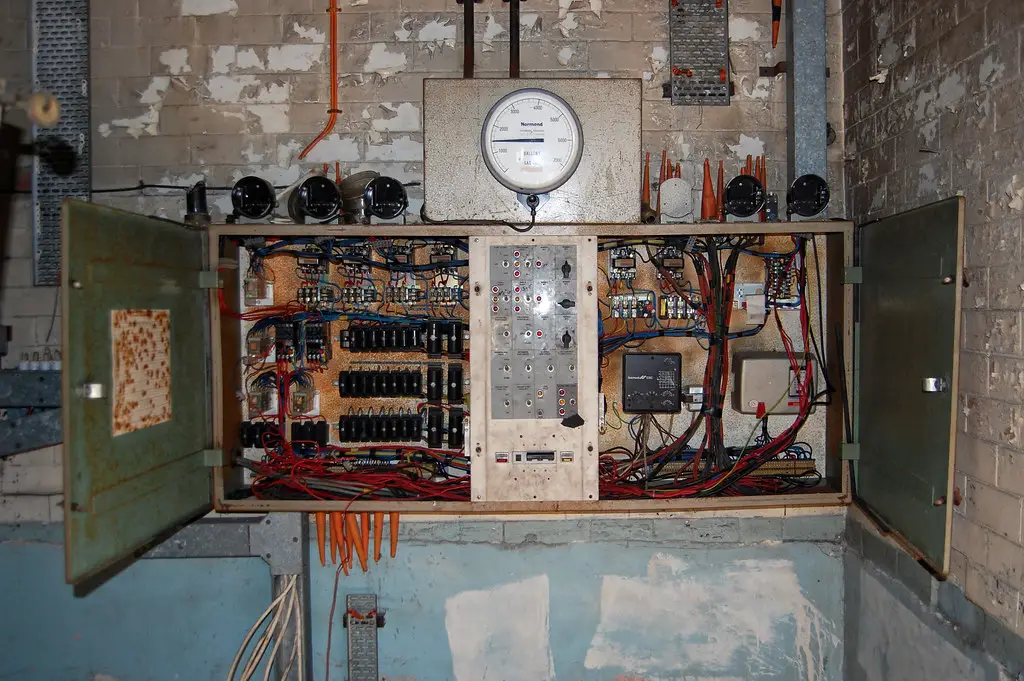
Outdated electrical panels present a significant safety hazard in older homes, often lacking the capacity to handle the power demands of modern appliances and electronics. These aging panels, sometimes decades old, may not meet current electrical codes and safety standards, increasing the risk of electrical fires and system failures. According to the National Fire Protection Association, electrical distribution and lighting equipment are involved in more than 32,000 home fires annually. Older panels may contain hazardous materials like asbestos or outdated components such as fuse boxes or Federal Pacific Electric (FPE) Stab-Lok breakers, which have been identified as fire hazards.
These panels often lack crucial safety features like ground fault circuit interrupters (GFCIs) and arc fault circuit interrupters (AFCIs), which protect against electrical shocks and arcing faults. Overloaded circuits in outdated panels can lead to overheating, potentially causing insulation breakdown and electrical fires. Additionally, older panels may not have the capacity to support the increasing number of high-wattage appliances and devices in modern homes, leading to frequent tripped breakers or blown fuses. Upgrading to a modern electrical panel ensures your home’s electrical system is up to current safety standards, provides adequate power distribution, and incorporates essential safety features to protect against electrical hazards.
7. Non-Grounded Outlets
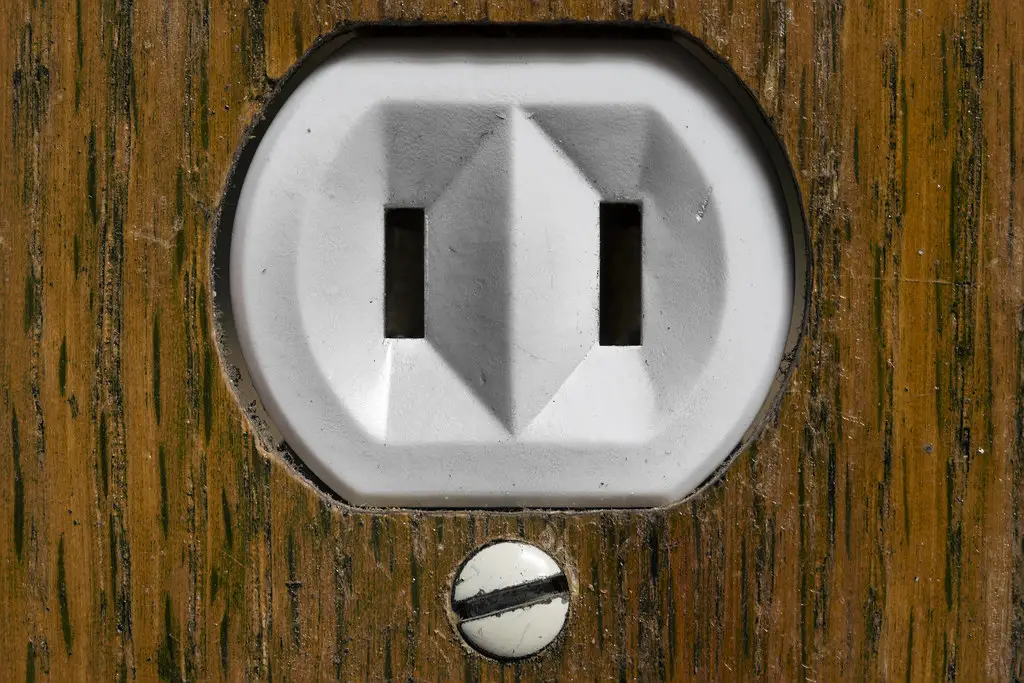
Non-grounded outlets, typically identified by their two-pronged design, pose a significant electrical safety risk in homes. These outdated outlets, common in houses built before the 1960s, lack the crucial third prong that provides a path for excess electrical current to safely dissipate into the ground. According to the Electrical Safety Foundation International, grounding is essential for preventing electrical shocks, fires, and damage to sensitive electronic equipment. Without proper grounding, electrical surges have no safe outlet, increasing the risk of electrocution and electrical fires.
Non-grounded outlets also limit the use of modern appliances and electronics that require a three-pronged plug for safe operation. In the event of a short circuit or power surge, grounded outlets direct excess electricity away from the device and its user, significantly reducing the risk of electrical shock. Updating to three-pronged, grounded outlets improves safety and compatibility with modern electronics. However, simply replacing the outlet without ensuring proper grounding can create a false sense of security. Professional electricians can assess the existing wiring and install the necessary grounding system to bring the electrical system up to current safety standards. In some cases, where installing a ground wire is impractical, ground fault circuit interrupters (GFCIs) can be used as an alternative to provide protection against ground faults and electrical shocks.
8. Metal Blinds with Lead Coating
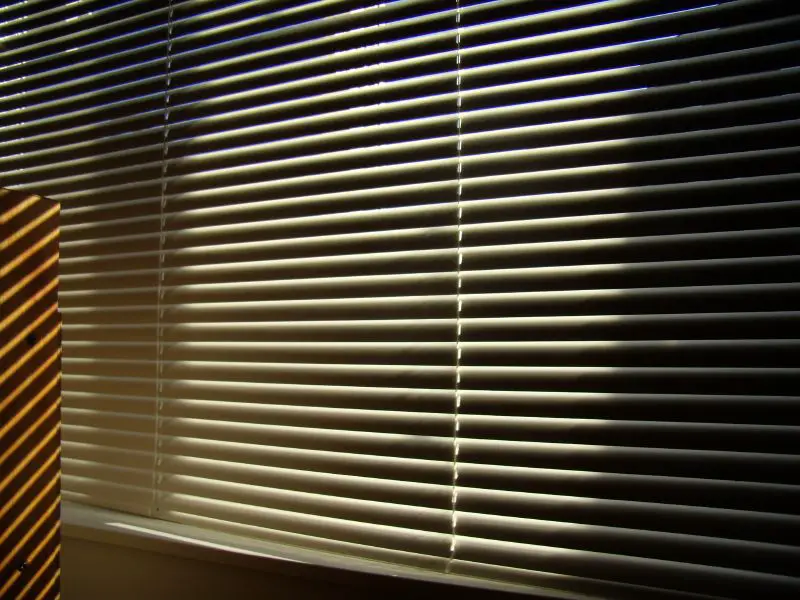
Metal blinds manufactured before 1997 pose a significant health risk due to their potential lead content in the coatings. The U.S. Consumer Product Safety Commission identified this hazard, noting that these blinds can deteriorate over time, especially when exposed to sunlight and heat, releasing lead-contaminated dust into the home environment. Lead is particularly dangerous for children, as even small amounts can lead to developmental issues, learning disabilities, and behavioral problems. As these blinds age, the lead coating can break down into a fine dust that settles on windowsills, floors, and other surfaces, creating an invisible but persistent source of lead exposure.
Children may ingest this lead-contaminated dust through normal hand-to-mouth activities. Adults are also at risk, as lead exposure can cause hypertension, kidney damage, and reproductive issues. The danger is compounded by the fact that lead poisoning often occurs without obvious symptoms, making it difficult to detect without specific testing. Replacing these older metal blinds with lead-free, energy-efficient alternatives not only eliminates this health hazard but can also improve home insulation and light control. Modern blinds are designed with safety in mind, often incorporating cordless designs to prevent strangulation hazards and using materials that are free from toxic substances.
9. Antique Cribs
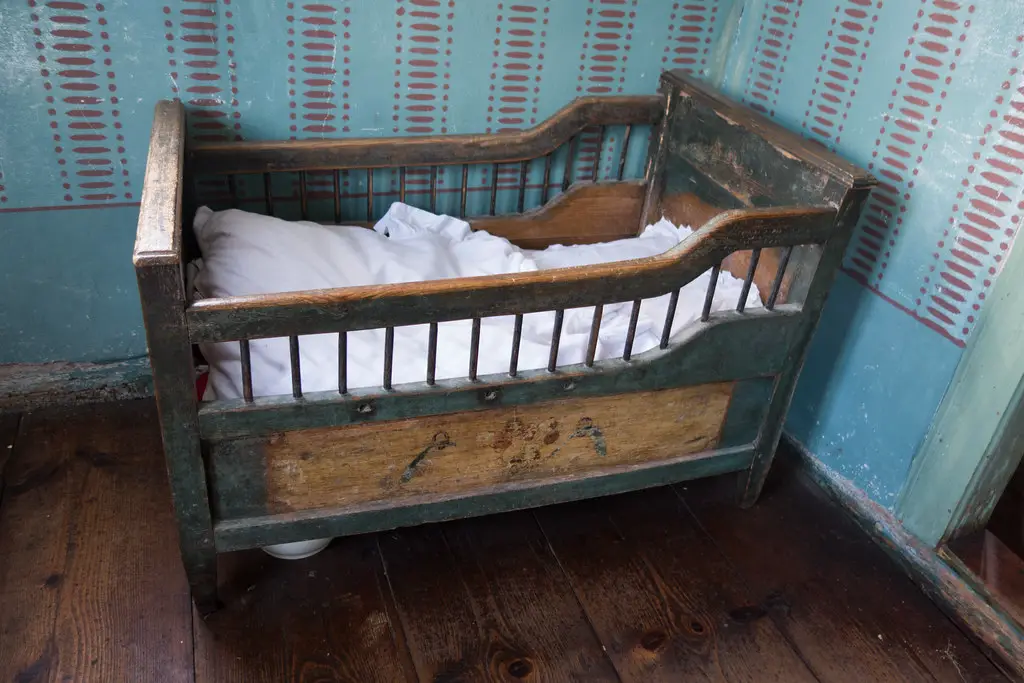
Antique cribs, while charming and nostalgic, pose serious safety risks to infants and fail to meet current safety standards. The Consumer Product Safety Commission has established strict guidelines for crib safety, many of which older cribs do not meet. One of the most significant hazards of antique cribs is their wide slat spacing, which can allow an infant’s body to slip through while trapping their head, leading to strangulation. Older cribs may also feature drop-side designs, which have been banned since 2011 due to numerous injuries and deaths caused by malfunctioning mechanisms. The paint used on antique cribs, especially those manufactured before 1978, may contain lead, posing a serious health risk if ingested or inhaled as dust.
Additionally, the wood in older cribs may have splinters or rough edges that can harm a baby. The hardware on antique cribs, such as bolts and screws, may be loose or missing, compromising the crib’s structural integrity. Mattress support systems in older cribs often lack the strength and durability required by modern safety standards, potentially leading to collapse. Modern cribs are built to stringent safety guidelines, featuring appropriate slat spacing, sturdy construction, non-toxic finishes, and secure, stationary sides. They also undergo rigorous testing to ensure they can withstand an infant’s movements and growth without compromising safety.
10. Popcorn Ceilings
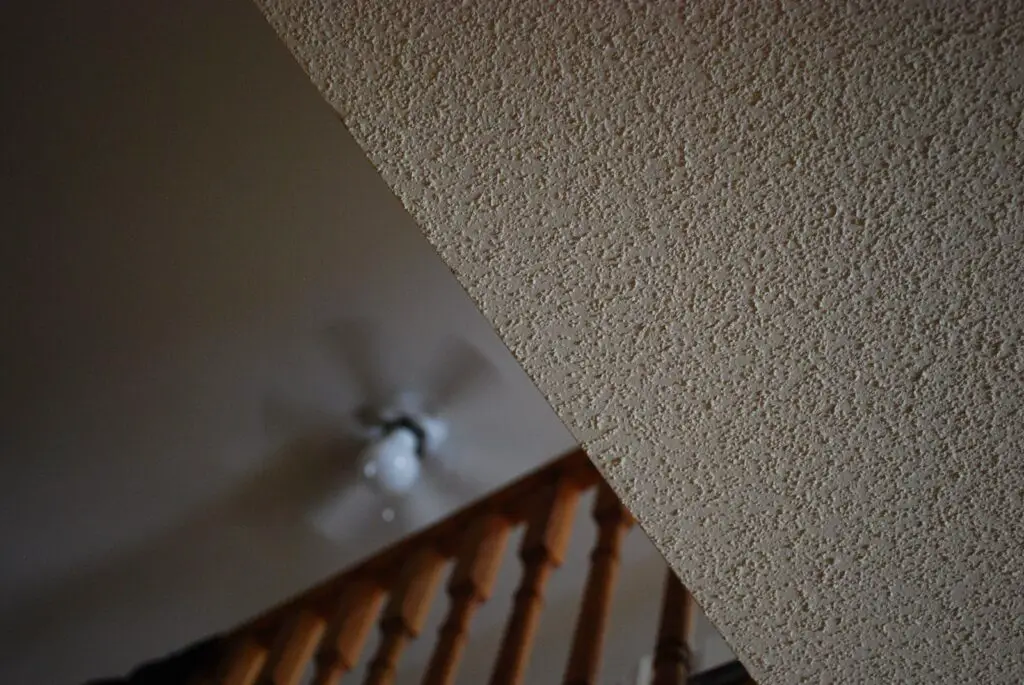
Popcorn ceilings, a common feature in mid-20th-century homes, can harbor a hidden health hazard: asbestos. According to the Environmental Protection Agency, homes built or renovated before the 1980s are likely to contain asbestos in various building materials, including textured ceilings. Asbestos, once prized for its fire-resistant properties, is now known to cause serious respiratory diseases, including lung cancer and mesothelioma, when its fibers are inhaled. The danger with popcorn ceilings lies in their friable nature; they can easily crumble when touched or disturbed, releasing asbestos fibers into the air. Even natural degradation over time can cause these ceilings to shed potentially harmful particles.
The risk increases significantly during home renovations or repairs that involve scraping, drilling, or removing these ceilings. Identifying asbestos in popcorn ceilings is not possible through visual inspection alone; professional testing is required to determine its presence. If asbestos is confirmed, it’s crucial to have it professionally removed or encapsulated to prevent fiber release. The removal process is complex and hazardous, requiring specialized equipment and strict safety protocols to prevent contamination of the entire home. Homeowners should never attempt to remove asbestos-containing materials themselves, as improper handling can create a more significant health risk than leaving the material undisturbed.
11. Old Gas Appliances
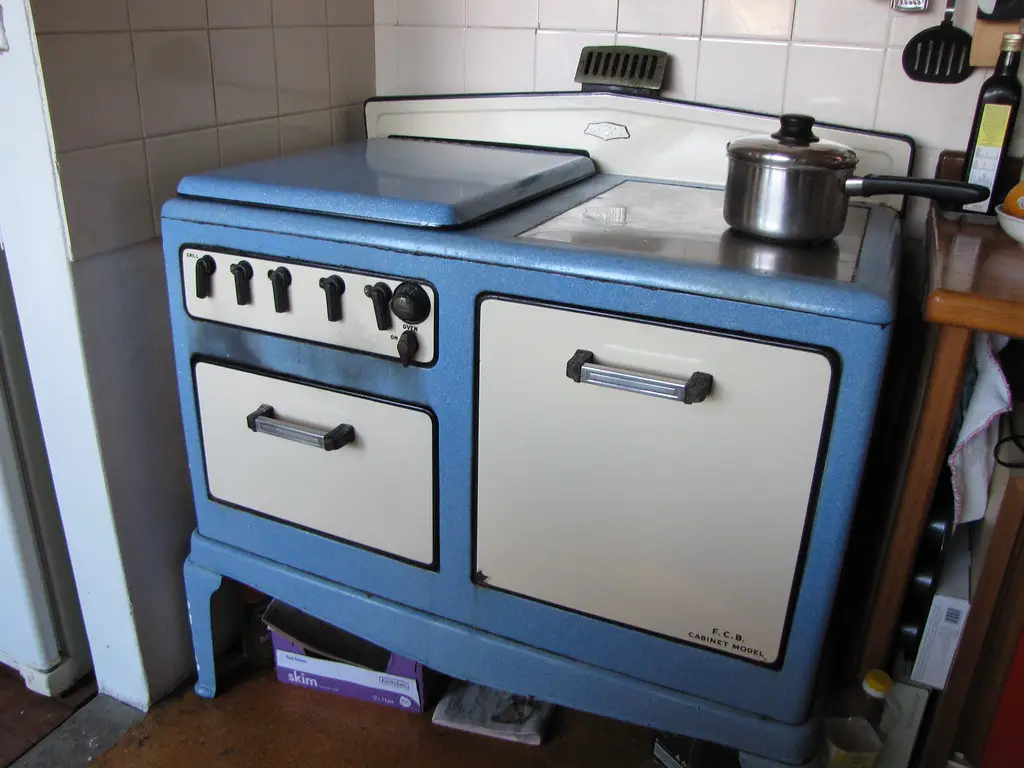
Old gas appliances, such as stoves, water heaters, and furnaces, can pose serious safety risks in homes, particularly due to the potential for carbon monoxide leaks. According to the Centers for Disease Control and Prevention, carbon monoxide (CO) is an odorless, colorless gas that can cause sudden illness and death if inhaled in high concentrations. Aging gas appliances may lack proper ventilation or have deteriorating components that increase the risk of CO leaks. Over time, connections can loosen, seals can wear out, and burners can become misaligned, all of which can lead to incomplete combustion and the production of carbon monoxide. Older appliances also tend to be less energy-efficient, consuming more fuel and potentially increasing the risk of gas leaks.
The absence of modern safety features in these appliances, such as automatic shut-off valves and electronic ignition systems, further compounds the risk. Installing carbon monoxide detectors on every level of the home is crucial for early detection of leaks, but it’s not a substitute for proper maintenance and timely replacement of old appliances. Regular professional inspections of gas appliances can help identify potential issues before they become dangerous. Upgrading to modern, energy-efficient gas appliances not only improves safety but also offers better performance and lower operating costs. These newer models often include advanced safety features and are designed to meet current environmental and efficiency standards.
12. Cracked or Worn Extension Cords
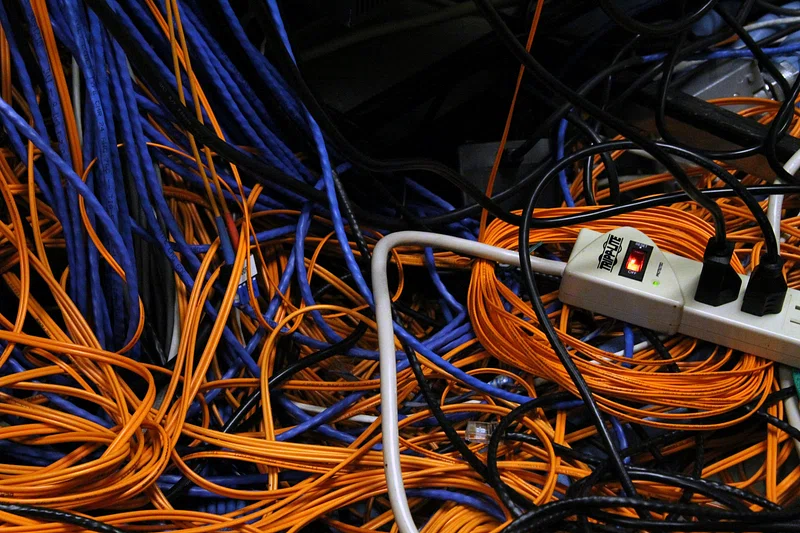
Cracked or worn extension cords represent a significant but often overlooked fire hazard in homes and workplaces. According to the Electrical Safety Foundation International, extension cords are a leading cause of electrical fires, often due to overloading or physical damage. As these cords age, their insulation can become brittle and crack, exposing the internal wires and creating potential points for electrical arcing. This exposed wiring not only increases the risk of electric shock but also provides an ignition source for nearby flammable materials. Overloading extension cords, a common practice in homes with insufficient outlets, can cause them to overheat rapidly, melting the insulation and potentially starting a fire.
The danger is compounded when these cords are used under carpets or rugs, where heat cannot dissipate effectively and damage may go unnoticed. Repeatedly bending or coiling extension cords can weaken the internal wires over time, leading to breaks that may not be visible from the outside. Using extension cords as permanent wiring solutions, rather than temporary fixes, increases the likelihood of wear and tear. Investing in modern, heavy-duty cords with built-in surge protectors can significantly reduce these risks. These newer cords often feature thicker insulation, reinforced connections, and safety features like polarized plugs and grounding pins. Regular inspection of all extension cords for signs of wear, replacing damaged cords immediately, and using them only as intended can greatly enhance electrical safety in the home.
